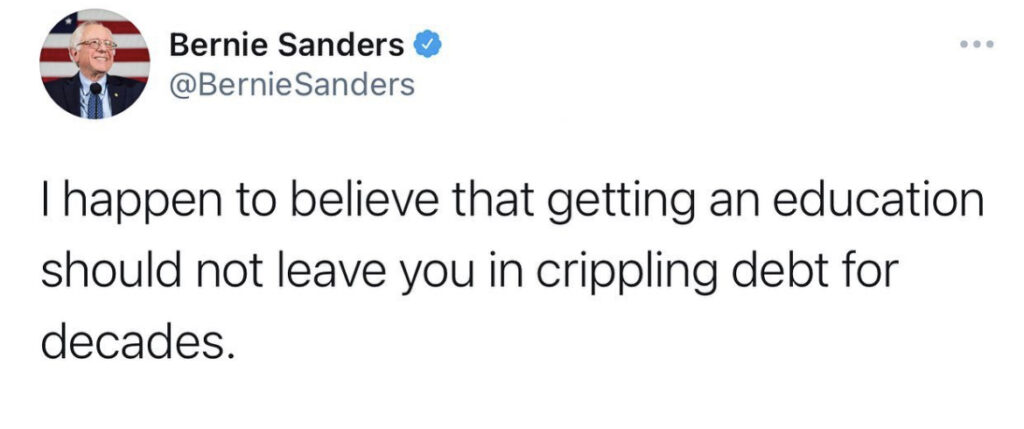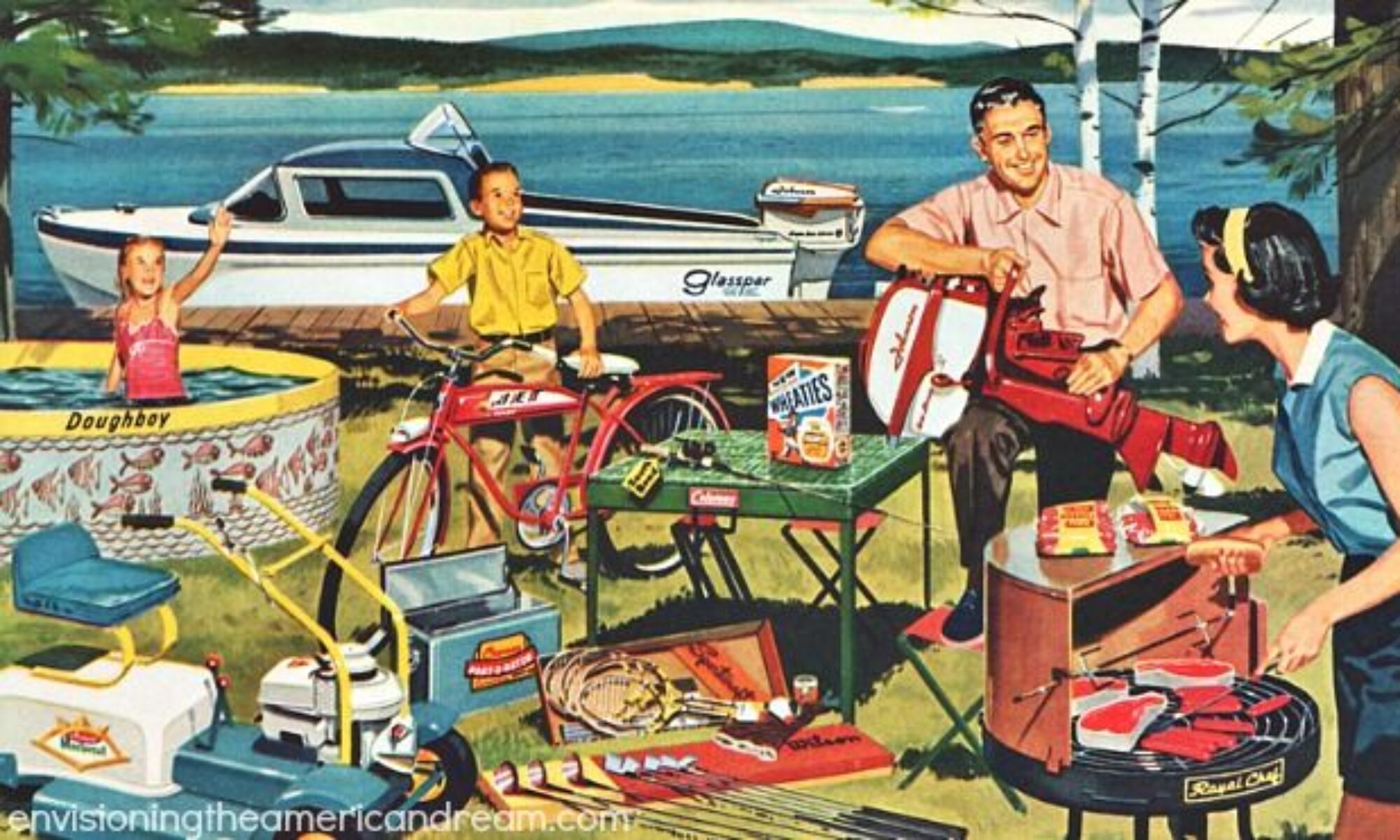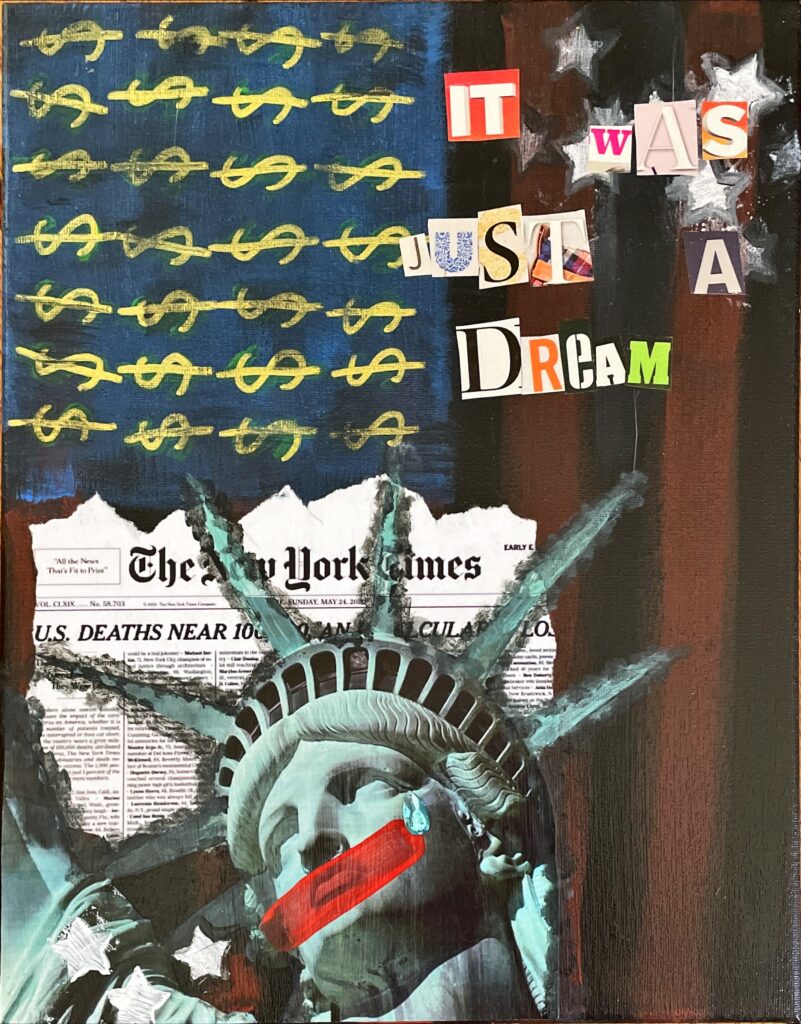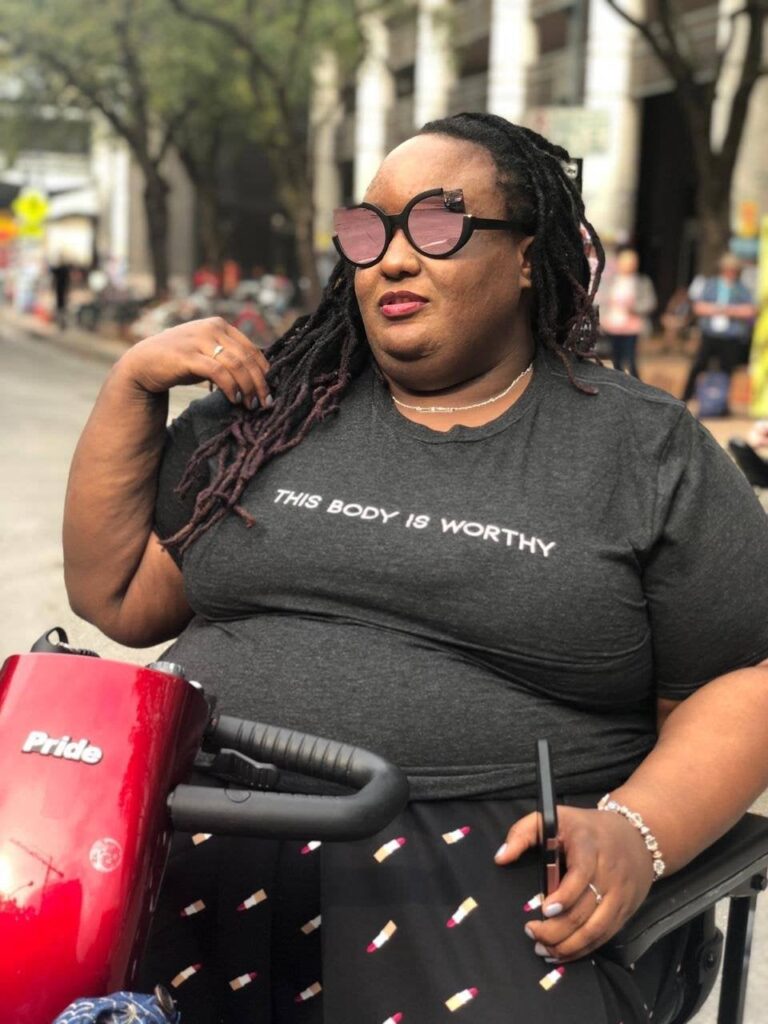
Why is Higher Education Inaccessible for Most Americans?


The American Dream represented in Media


I wanted to paint something that encapsulated the prompt: “Myth of the American Dream.”
Of course I had to feature Lady Liberty, the most iconic symbol of American freedom besides the flag. She is crying a diamond tear, insinuating the disconnection between wealth and happiness. Likewise, her mouth is covered which implies the silence the country has on many pressing issues. Behind her, there is a New York Times article on Covid-19 in the U.S.. Our country’s response is arguably one of the greatest modern failures.
Instead of stars on the flag, there are dollar signs. This is quite obvious, as material success is highly valued in the scheme of the American Dream.
The flag is also inverted, which is meant to symbolize the often backwards rhetoric of American nationalism.
Lastly, I used magazine ad clippings to spell out: “It was just a dream,” implying that the American Dream was never attainable, it was simply just a dream.
National Anthem off Lana Del Rey’s album, “Born to Die” is the gender-bent version of The Great Gatsby featuring themes of lust, money, and power. The music video depicts Lana and A$AP Rocky as the Kennedys, whom many consider being one of the American dynasties. The video has hazy imagery of the “good life,” parties with cigars and free-flowing alcohol, sailboats in the summer, and diamond jewelry.
The first line of the song: “Money is the anthem of success, so before we go out what’s your address?” Lana literally begins the song by stating that the American Dream, or the National Anthem, is a materialistic ideal hidden under a veil of so-called personal success. Lana then sings the lyrics: “tell me I’m your national anthem,” insinuating that she wants her lover, A$AP Rocky, to value her love as America does its wealth. Further lyrics like, “take me to the Hamptons, Bugatti Veyron,” suggest that Lana has become addicted to the rich life and wants to be a trophy wife for her lover to cherish even more.
The beautiful imagery makes it hard to see the troubling undertones of the lyrics until the ultimate assassination of A$AP (JFK) when the audience realizes that the American Dream is fleeting, along with material success.
Do you want to
Ride in a big limousine?
Tell me do you want to
Take a little bite of the fame machine?
If you wanna be discovered
And end up on the cover of every star-studded supermarket magazine
You can do it
Stick right to it
It could happen tonight
You wanna be famous (famous)
You wanna be the one who’s living the life
You wanna be famous (famous)
You wanna be the one who’s taking a free ride
Do you want to
Cut to the front of the line?
Baby, do you need to
See your name in lights just like the Hollywood sign?
Come on, we gotta work harder
Fight the fight together
Take it to the top
We’ve got the winning team
It’s your moment
You can own it
It’s the American dream
I was listening to a throwback playlist in my car when “Famous” by Big Time Rush came on. The lyrics referencing the American Dream instantly caught my attention and I decided to take a deeper dive into the lyrics. The band equates the concept of the American Dream with fame, fortune, and ultimate stardom. While this may have happened to the (non)fictional band, it demonstrates that the concept of the American Dream has been skewed into something of overnight superstardom, rather than hard work leading to success. Likewise, this is many children’s first time even hearing about the American Dream in a way that caters to their age group. Understandably, this is merely children’s programming but is it appropriate to equate a once-in-a-million event (becoming a superstar overnight) to a concept many Americans actively strive for?

Tik Tok user, Imani Barbarin (@crutches_and_spice) is a disability blogger, content creator and public speaker. Barbarin uses her Tik Tok platform to educate Americans (and everyone else for that matter) on how to dismantle their own forms of ableism and become a better allies to disabled people.
Barbarin frequently tackles topics of “inspiration porn” and its harmful impacts, as well as the failures our government has created for the disabled community for many years.
As I’ve been following Barbarin’s content for months now, I came upon the realization that the American Dream is not inclusive as it should be, or as it was designed to be. From the snowstorm failures the south currently living through (due to the lack of preventative infrastructure and accessibility for disabled people) to the destructive effects on disabled people under capitalism, the American Dream was not created for everyone as it should have been.
The disabled community is deserving of dreams that do not boil down to their inspiration to able-bodied people. For the American Dream to really exist in its purest form, there needs to be more effort made by everyone in making it an inclusive concept.